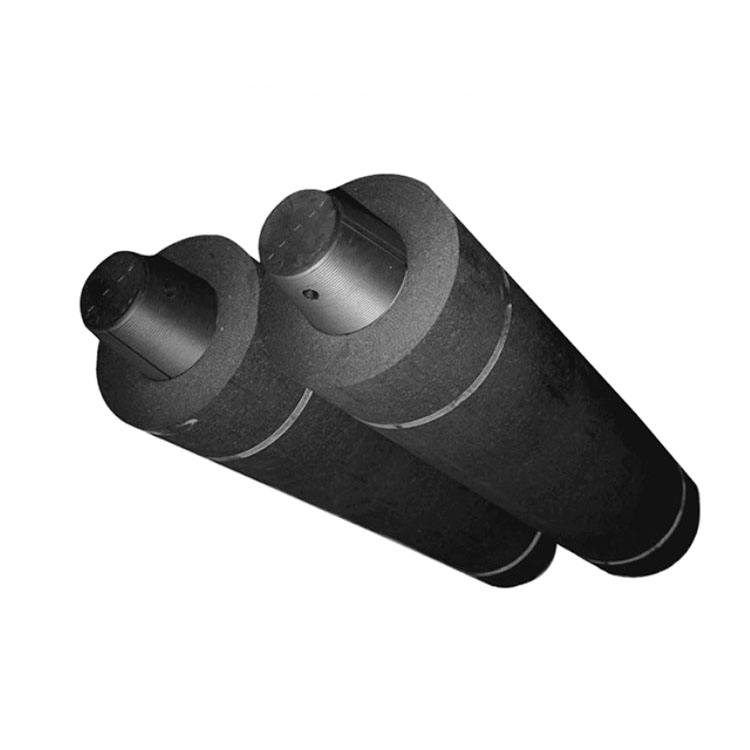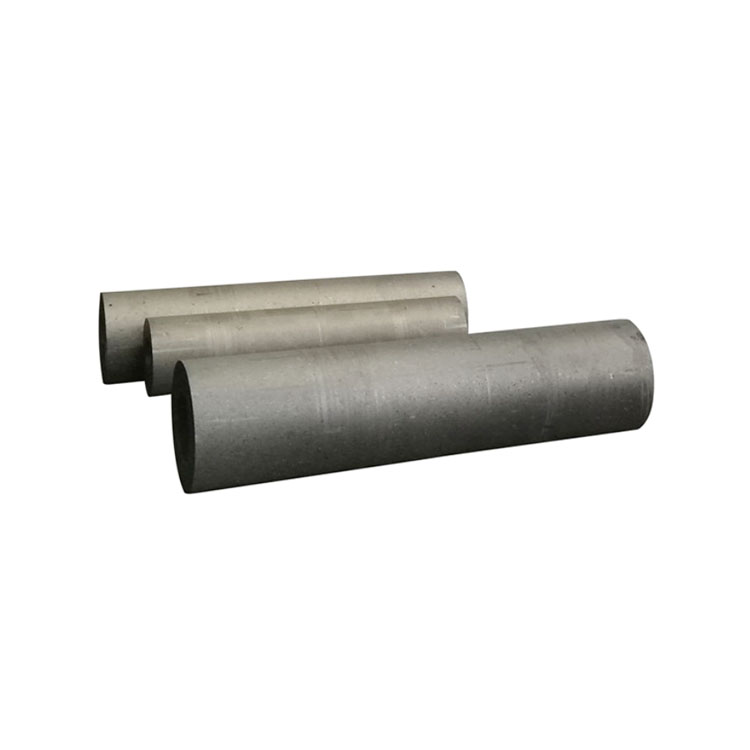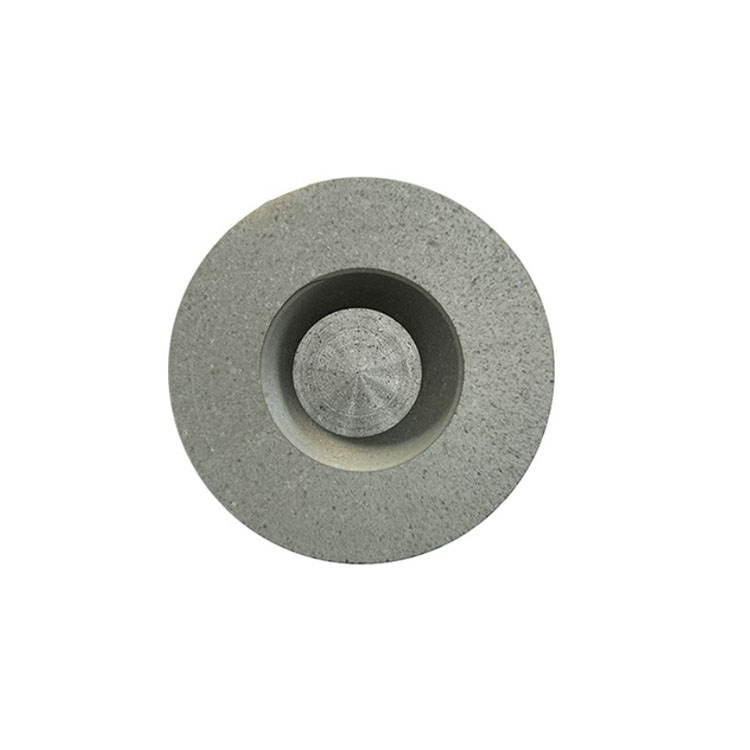
In the high - temperature industrial applications, the service life of kilns is a critical concern for engineers and procurement decision - makers. This article delves into how the alumina (Al₂O₃) content in high - alumina refractory bricks affects kiln life, with a focus on the 30% - 46% Al₂O₃ stable range.
Al₂O₃ serves as a crucial structural strengthening element in refractory bricks. It forms a stable crystal structure at high temperatures, which enhances the overall integrity of the refractory material. When the kiln is exposed to extreme heat, Al₂O₃ helps the refractory brick maintain its shape and resist deformation. For example, in a laboratory test, refractory bricks with a certain amount of Al₂O₃ showed significantly less structural damage after being heated to 1500°C compared to those with lower Al₂O₃ content.
Refractory bricks with less than 30% Al₂O₃ generally have lower refractory degrees. Their ability to withstand high temperatures is limited, and they are more prone to thermal shock. In terms of wear resistance, they also perform poorly. For instance, in a steel plant's small - scale kiln operation, bricks with less than 30% Al₂O₃ had a wear rate of about 15% higher than those in the 30% - 46% range over a six - month period. The thermal shock stability was also compromised, leading to more frequent cracking and spalling.
This is the optimal range for many high - temperature applications. Bricks in this range offer a good balance between refractory degree, thermal shock stability, and wear resistance. Laboratory tests have shown that the refractory degree can reach up to 1750°C, and the thermal shock resistance can withstand more than 20 cycles of rapid heating and cooling without significant damage. In real - world scenarios, such as in a cement kiln, using bricks with 30% - 46% Al₂O₃ can reduce the maintenance frequency by about 30% compared to lower - content bricks.
Although it may seem that higher Al₂O₃ content is better, in fact, bricks with more than 46% Al₂O₃ have some drawbacks. They are more expensive to produce, and their thermal expansion coefficients are relatively high, which can lead to increased stress within the kiln structure during temperature changes. In a coking plant's kiln, using bricks with over 46% Al₂O₃ led to a 20% increase in the risk of structural damage due to thermal expansion compared to the 30% - 46% range.

In the steel industry, a large - scale steel plant's rotary kiln using 30% - 46% Al₂O₃ refractory bricks can operate continuously for about 18 months before major maintenance is required. In contrast, kilns using lower - content bricks need maintenance every 12 months, and those using higher - content bricks may face unexpected shutdowns due to thermal expansion issues. The annual maintenance cost for the 30% - 46% range is about 20% lower than that of the other two ranges.
In the cement industry, a cement kiln using the optimal - range bricks can achieve a 10% increase in production efficiency due to reduced downtime for maintenance. The cost - benefit analysis shows that the long - term savings from using 30% - 46% Al₂O₃ bricks are substantial.
There is a common misconception that the higher the Al₂O₃ content, the better the performance of the refractory brick. However, as we have analyzed, this is not always the case. Higher content does not necessarily translate into better overall performance, and it can even lead to increased costs and potential structural problems. By understanding the real - world performance and cost implications, engineers and procurement decision - makers can make more informed choices.

A table comparing the Al₂O₃ content, refractory degree, thermal shock stability, and wear rate can clearly show the differences. Additionally, a trend graph depicting the relationship between Al₂O₃ content and spalling rate or service life can provide a more intuitive understanding. For example, the graph shows that as the Al₂O₃ content moves out of the 30% - 46% range, the spalling rate increases significantly, and the service life decreases.

In conclusion, controlling the Al₂O₃ content in high - alumina refractory bricks within the 30% - 46% range is the key to extending kiln life and reducing maintenance costs. Whether you are an engineer aiming to optimize kiln performance or a procurement decision - maker looking for cost - effective solutions, choosing the right refractory bricks based on Al₂O₃ content is essential. Click here to learn more about our high - quality high - alumina refractory bricks with the optimal Al₂O₃ content.


